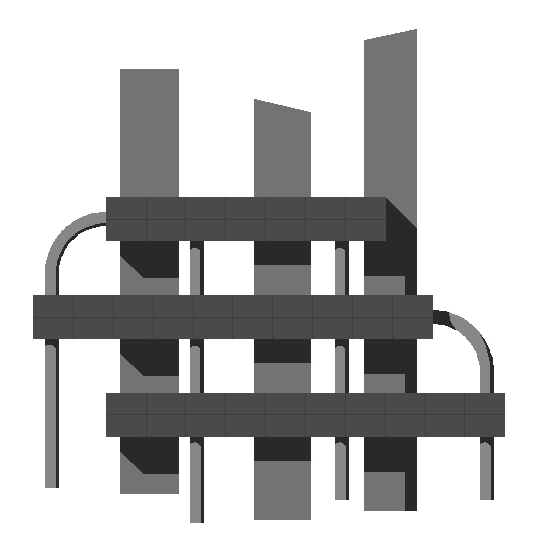|
Docente/i:
Antonella Ferrara
Denominazione del corso: Robot control
Codice del corso: 504463
Corso di laurea: Computer Engeneering, Ingegneria Elettrica
Sede: Pavia
Settore scientifico disciplinare: ING-INF/04
Crediti formativi: CFU 6
Sito web del corso: n.d.
Obiettivi formativi specifici
The course presents the basic methodological tools for modeling and control of industrial robots.
Programma del corso
Modeling of robotic systems:
Structure of robotic manipulators. Classification. The joint space and the operational space. Direct kinematics. Inverse kinematics. Differential kinematics. Euler angles. Relationship between geometrical and analytical Jacobian. Dynamic modeling.
Robot control:
Motion control in the joint space (decentralized and centralized) and in the operational space (inverse dynamics). Interaction control: force control, hybrid force/position control.
Prerequisiti
Knowledge acquired in previous courses in Automatic Control and Mathematical Methods in Engineering.
Tipologia delle attività formative
Lezioni (ore/anno in aula): 45
Esercitazioni (ore/anno in aula): 0
Attività pratiche (ore/anno in aula): 0
Materiale didattico consigliato
Bruno Siciliano, Lorenzo Sciavicco, Luigi Villani, Giuseppe Oriolo. Robotics: Modelling, Planning and Control (Advanced Textbooks in Control and Signal Processing). Springer.
Modalità di verifica dell'apprendimento
Closed-book, closed-notes, 2 hour written exam consisting of 3 sections assessing knwoledge and understanding of the course topics and ability to apply them in a problem solving context. Each section will be independently graded. Threshold to pass is 18/30 an maximum mark is 30/30 cum laude. The final mark is obtained as the weighted mean of marks given to each section of the written exam. Example of a written exam: http://sisdin.unipv.it/labsisdin/teaching/courses/robcon/files/Robot_Control_Exam_Example.pdf
|




![]()




![]()